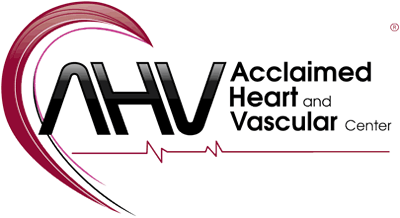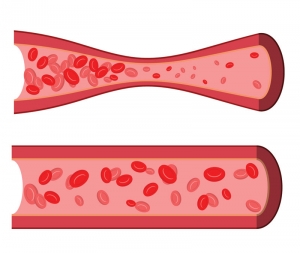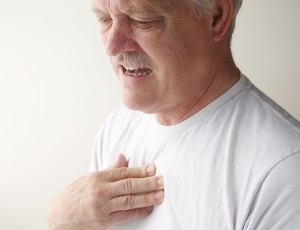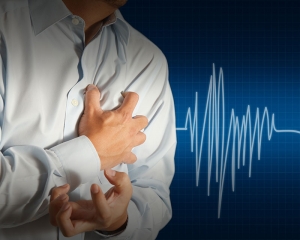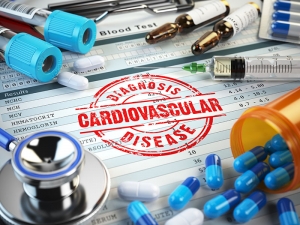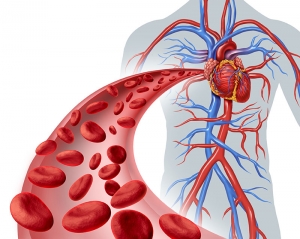What is Variant Angina?
Variant Angina, or Prinzmetal Angina, is discomfort occurring mainly during rest, often at night, and only rarely and inconsistently during exertion. Attacks tend to occur regularly at certain times of day.
What is Unstable Angina?
Unstable angina is chest pain that happens suddenly and becomes worse over time. It occurs seemingly without cause. It can happen when you’re at rest or even asleep. An attack of unstable angina may lead to a heart attack. For this reason, an attack of unstable angina is an emergency and you should seek immediate medical treatment.
Unstable angina is a signal that your arteries are becoming very narrow and that you could experience a heart attack. If left untreated, unstable angina can lead to heart attack, heart failure, or arrhythmias (irregular heart rhythm). These can be life-threatening conditions.
What is Stable Angina?
Stable angina, also called angina pectoris, is the most common type of angina. Stable angina is a predictable pattern of chest pain. You can usually track the pattern based on what you’re doing when you feel the pain in your chest. Tracking stable angina can help you manage your symptoms more easily.
What is Microvascular Angina?
This type of angina, or chest pain, may be a symptom of coronary microvascular disease (MVD). Coronary MVD is heart disease that affects the heart’s smallest coronary artery blood vessels.
Causes
Spasms within the walls of these very small arterial blood vessels causes reduced blood flow to the heart muscle leading to a type of chest pain referred to as microvascular angina.
What is Heart Disease?
Heart disease, also called Heart and blood vessel disease, describes a range of conditions that affect your heart. There are many diseases that are categorized as heart disease, including coronary artery disease, arrhythmias (heart rhythm problems, and congenital heart defects (heart defects you are born with), among many others.
According to the World Health Organization and the CDC, Heart Disease is the leading cause of death in the US, UK, Canada and Australia1. Currently, 26.6 million US adults (11.3% of the adult population) is diagnosed with Heart Disease. 23.5% of all deaths in the US today are caused by heart disease2.
What is Tachycardia?
Tachycardia refers to a fast-resting heart rate - usually at least 100 beats per minute. Tachycardia can be dangerous, depending on its underlying cause and on how hard the heart must work.
In general, the adult resting heart beats between 60 and 100 times per minute. When an individual has tachycardia, the upper and/or lower chambers of the heart beat significantly faster.
Our heart rates are controlled by electrical signals that are sent across the tissues of the heart. When the heart produces rapid electrical signals, tachycardia occurs.
When the heart beats too rapidly, it pumps less efficiently and blood flow to the rest of the body, including the heart itself, is reduced.
Angina and your Heart
Angina is chest pain or discomfort caused when your heart muscle doesn't get enough oxygen-rich blood. It may feel like pressure or squeezing in your chest. The discomfort also can occur in your shoulders, arms, neck, jaw, or back. Angina pain may even feel like indigestion.
But, angina is not a disease. It is a symptom of an underlying heart problem. There are several types of angina, including microvascular angina, stable angina, unstable angina and variant angina.
Depending on the type of angina you have, there are many factors that can trigger angina pain. The symptoms also vary based on the type of angina you have.
What is Bradycardia?
A heart rate of less than 60 beats per minute (BPM) in adults is called bradycardia. What's too slow for you may depend on your age and physical condition.
- Physically active adults (and athletes) often have a resting heart rate slower than 60 BPM but it doesn't cause problems and is normal for them.
- Your heart rate may fall below 60 BPM during deep sleep.
- Elderly people are more prone to problems with a slow heart rate.
